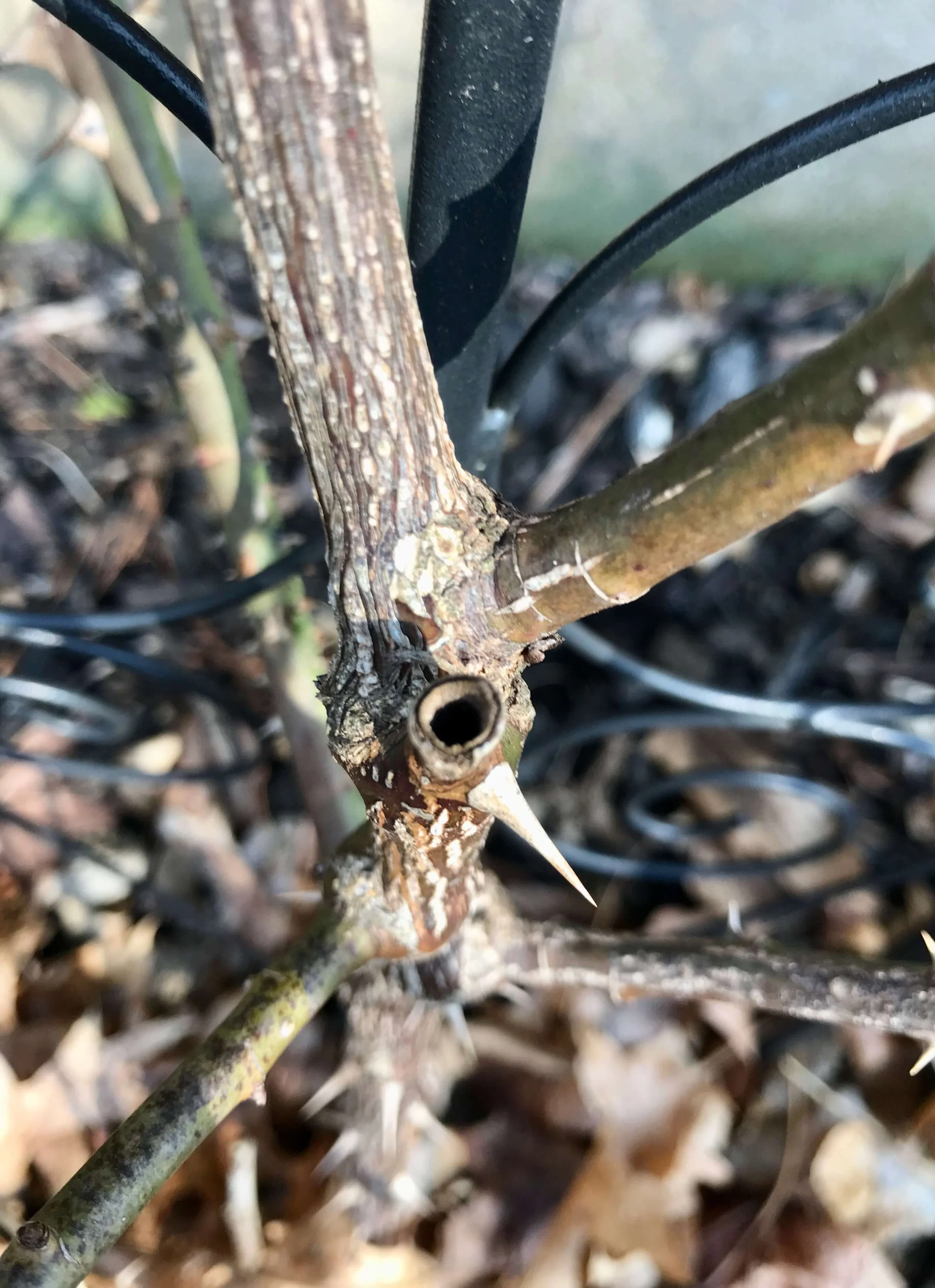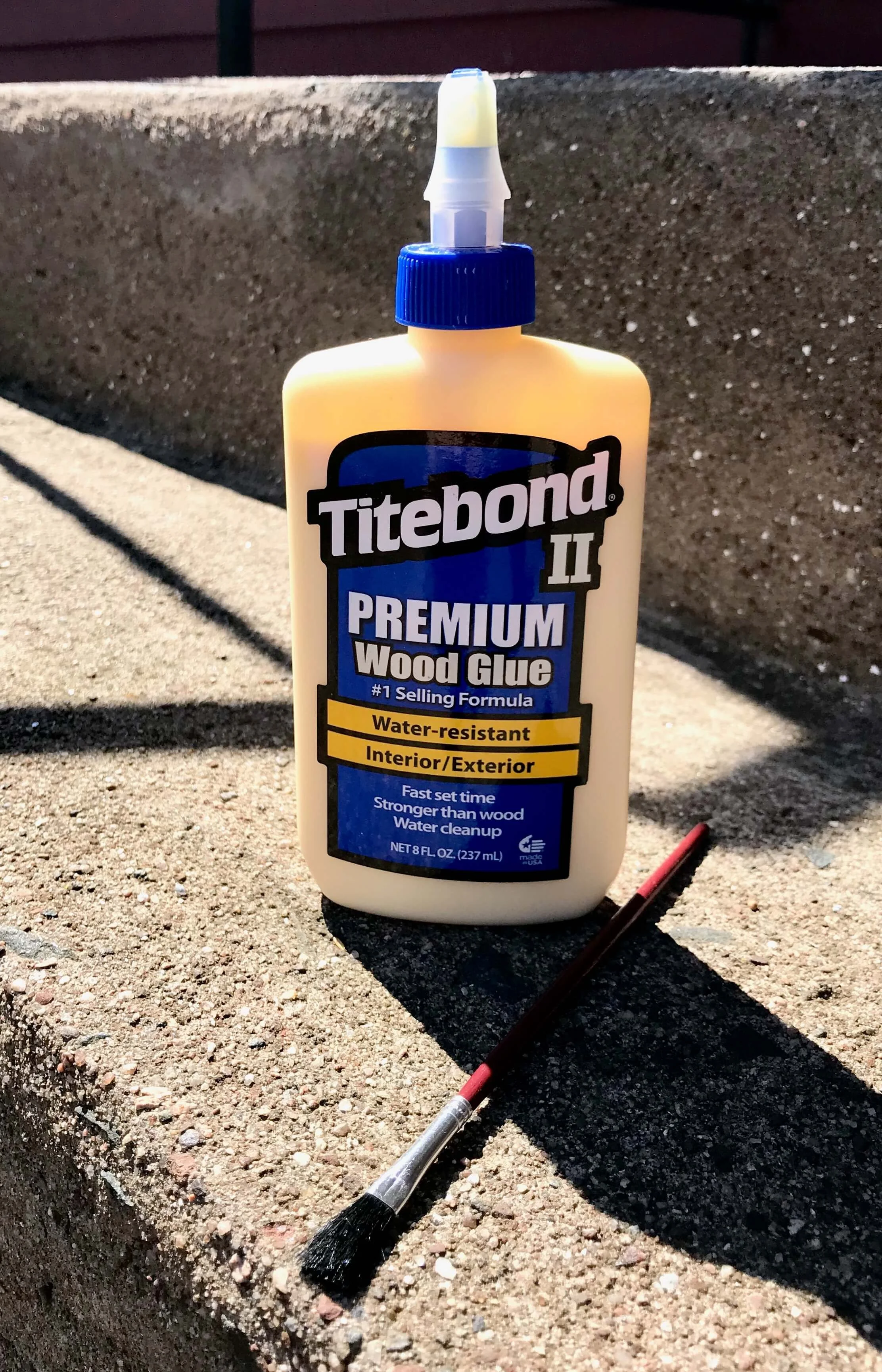Hydrangea Cane Borer: A Harmful Invader; How to Treat it
Hydrangea Cane Borer
You have a beautiful hydrangea plant in your yard, but you're not sure what's wrong with it. It looks like something is eating the stems of your plants and they are falling over.
What could be causing this? Is it some kind of disease or insect infestation? If so, how can I stop them from destroying my beloved hydrangeas?
This guide will help you identify if you have hydrangea cane borer problems and give you tips on how to treat them. It’s important to know what type of pest you’re dealing with so that you can find an effective solution quickly!
Continue reading for more information about identifying and treating cane borers on your hydrangea plants!
The items listed are accompanied by affiliate links, meaning I earn a small commission if a purchase is made through my links. This has no impact on the cost to the consumer. I link to products this way whenever possible, and it has no bearing on the products I choose to review or recommend.
What is a Hydrangea Cane Borer?
“Cane borers can destroy your plants without you even knowing.”
Hydrangea cane borer is a pest that can be very harmful to hydrangea plants. It is an insect that can come from both neighboring plants or over-wintered eggs laid by female beetles inside plant stems. Adult beetles chew through the bark of host plants, in this case, the cane of the hydrangea, to lay their eggs which hatch into larvae that burrow into the core of the plant.
Once hydrangea cane borers have found a suitable host in your garden, they will begin to attack! The beetle's larvae feed on sap inside stems and roots which can cause lower leaves to yellow or wilt as well as stunting the overall plant. The hydrangea cane borer leaves a trail of damage in its wake and can eventually cause death if left untreated.
Cane Borer
You can see the borer is eating its way inside the stem of the hydrangea cane. They can be easy to miss until the damage is done since they are inside the plant.
Signs of a Hydrangea Cane Borer Infestation:
Saw dust-like material on the leaves or coming out of the stems
Appearance of frass or droppings
Leaves turning yellow or drying out
Lower leaves dying off and wilting
Plant stunted in height with a discoloration all the way around it (a sign of sap being drawn from the plant)
Sap oozing from the stem where the egg was laid, now that hydrangea cane borer larvae have hatched
Damaged cane and roots are an indication of an attack.
Unfortunately, you often might not notice a hydrangea cane borer infestation until the plant is already being harmed. The best way to catch a hydrangea cane borer infestation early on is by examining your plants for any of these signs!
Hydrangea Cane Borer Treatment
If you find the signs of hydrangea cane borer infestation on your plants and want to save them, then it's time to take action! There are tried-and-true methods for how to treat this pest.
Unfortunately, insecticides will not work and are not the best option. This is because the hydrangea cane borer larvae are inside the stem and will not be exposed to any chemicals sprayed on the outside.
If your hydrangeas have been attacked by cane borers you need to closely evaluate the plant. Is the damage isolated or widespread? That will help you determine the best course of action.
The best-case scenario is that the damage is still early and has only affected a couple of canes. If it's isolated, remove any affected stems from your hydrangea. You will need to cut out infected canes lower than where the damage is from the borer. Cut until you don't see any damage from the borer. Sometimes this can be a pretty aggressive cut. But it is necessary to do to stop further damage.
If it's widespread, you have several options you can try. For a hydrangea with borers, you will need to physically remove each borer. You can place a wire into the tunnel where it is trapped and remove them that way or use light traps, specifically designed for insect removal.
Make sure that you remove any infected branches, stems, leaves, etc, and dispose of them. You want to disrupt the life cycle of these insects so they don't reproduce. Removing these pests from your plant is best so they don't spread across other plants in your home!
Another technique to try is using beneficial insects like nematodes. Steinernema carpocapsae and Heterorhabditis bacteriophora are two varieties of these small, worm-like creatures that can kill over 200 types of soil-living pests that may hurt your plants. Nematodes provide some control over boring pests. You can easily inject them into the hole where the pest is tunneling and they'll kill the borer. Beneficial nematodes can be purchased at your local garden center or online. Just make sure you read the package for specific directions.
It might take several seasons before you can get this under control. Cane borers are a real nuisance for hydrangeas because they're so hard to detect, but with patience and proper care, your plant will bounce back in no time!
If all else fails, you may want to consider removing all of your hydrangea plants from the garden and starting over as soon as possible. Obviously, this would be your last resort, but it may be worth considering if the plant is in bad condition or has been infested for a long time.
RELATED: 6 Reasons Your Hydrangea Leaves Are Turning Yellow And How To Fix It
This is an example of the damage you might see when hydrangea cane borers are at work. Make sure you regularly inspect your plants.
You can see the inside of the hydrangea cane that was eaten and hollowed out by the cane borer.
Prevention of Cane Borers
Prevention is key when it comes to cane borers. Take these precautions if you want to make sure this pest doesn't come back and harm your hydrangeas again.
Inspect your hydrangea for any weakened stems or canes and remove them
Dispose of any infected stems, branches, leaves
Avoid getting close to your hydrangea when mowing or weed whacking
Avoid mulch touching the bark
Encourage beneficial insects
Remove weeds
Sterilize tools after each use
Learn the correct pruning techniques
If newly planting, make sure you plant it in the right place
Choose resistant cultivars
As with anything, an ounce of prevention is worth a pound of cure.
RELATED: Perfect Partners: Stunning Hydrangea Companion Plants for a Vibrant Garden
My Personal Experience with Hydrangea Cane Borers
I recently had an infestation of the hydrangea cane borer. The telltale sign of the sawdust appearance on some surrounding leaves is what clued me into it being cane borers. The "sawdust" is actually the inside of the stem or cane that the borer is actually eating and hollowing out.
Here is the classic telltale sign of the “sawdust”. If you see this you have cane borers.
They can cause damage to the plant by boring holes in it and laying eggs.
Cane borers must be dealt with promptly to avoid the destruction of your plant. I cut out the spot where borer damage had occurred. It pained me to do it but I knew it had to be done. There was quite a lot of damage as you can see how many branches and stems were affected.
In my garden, I have a number of hydrangeas and peonies. They are some of my favorites due to their colors and fragrances. After inspection, I noticed that the cane borers had jumped to my peonies and were hollowing through the stems. So you need to keep a close eye on these pests as they can infect other plants as well. I will have to cut back my peonies now but I think it will be easier to control them than in the hydrangea.
Time will tell whether I am able to eliminate the cane borer from my garden. I will have to keep monitoring to make sure I removed them all and interfered with their reproduction cycle. I will make sure to keep updating this section to let you know my progress.
Update On My Battle With The Borers
In March when I was cutting out dead and damaged canes, I noticed that the cane borers had moved on to my beloved roses and started feasting.
This was extremely frustrating so I knew I needed to try something else otherwise I won’t have any healthy plants left!
My roses have now been attacked by cane borers.
I did some more research and learned that an old practice is to paint over the fresh cuts with wood glue that was getting cane borers. It puts a seal over it so they can't get in and gives the cane prune wound time to harden off. They are such a persistent pest, this is one of the best ways to keep them out and protect your plant since pruning makes them the most vulnerable.
The wood glue that I used and recommend is Titebond Wood Glue. I applied it with a small paint brush.
Make sure to keep monitoring your plants. If you also have raspberry bushes, keep an eye on them as borers are common on raspberry bushes, too.
I'll update you further once they bloom and let you know how it turns out. Fingers crossed!
FAQS About Cane Borers
What do cane borers look like?
The adult cane borer is a black beetle with long, black antennas. It also has a head that can be seen from afar as it contrasts sharply with the rest of its body, yellow prothorax, and jet-black body. The larvae are wormlike borers found within stems that grow up to 3/4" in length when fully grown!
You can see the cane borer in the cane.
What types of plants are susceptible to cane borers?
Cane borers are attracted to hydrangeas, which is why we've been discussing them. They also like other types of plants including lilacs, rhododendrons, poppy bushes, peonies, roses, raspberries, and blackberries. Any type of plant in which there are canes or stems to tunnel into. They're attracted to plants with soft and thin bark or stems.
Pin for later!
Dealing With Hydrangea Cane Borers
In summary, a hydrangea cane borer is a pest that can cause major damage to your plants. This insect, which feeds on the plant's sap, leaves a trail of damage in its wake and can eventually cause death if left untreated. They are difficult to spot at first but it is best to get control of this problem as soon as possible. We hope this article has been informative about how to identify and prevent these pests before they become unmanageable problems for your garden.























